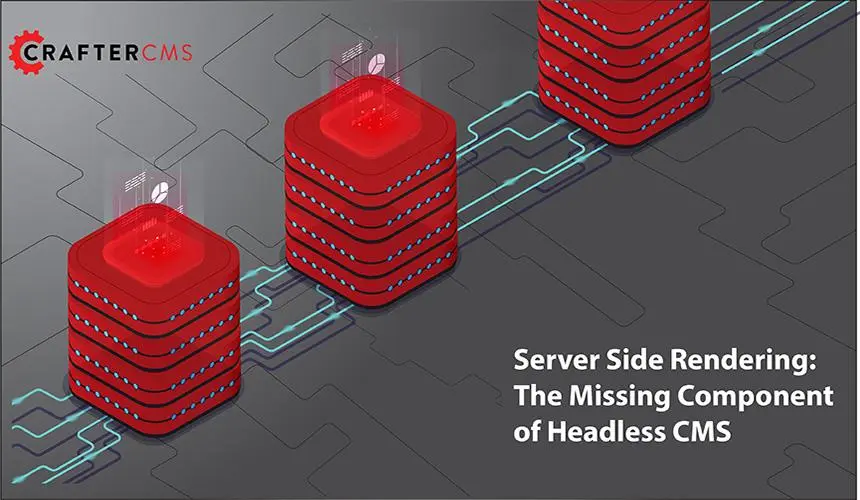Headless CMS: Open Source or Closed Source?

Sara Williams
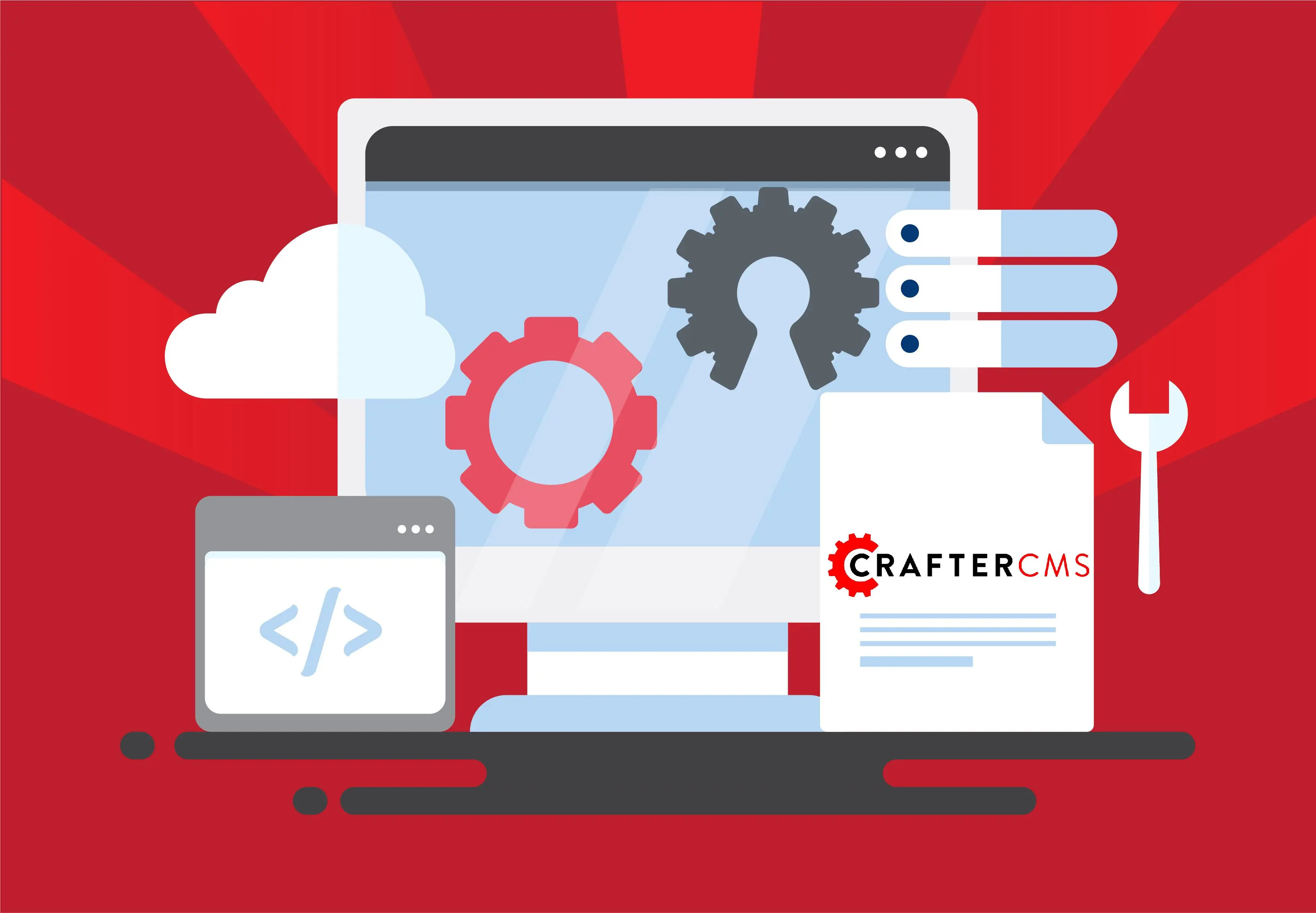
When headless CMS platforms entered the fray a few years ago, many labeled them as developer-only tools that, despite enabling content delivery to multiple channels, limited the type of content that could be created for those channels. Yet, since then, more businesses have continued to adopt headless CMSs to replace their legacy systems. According to Gartner, many enterprises are turning to the API-centric approach made possible by a headless CMS to accomplish digital transformation.
Content management has evolved, and marketers can now create content, edit and publish content to any channel they desire. Also, developers can create customized front-end interfaces that allow customers to interact with the content on those channels.
For many businesses, it’s clear that a headless CMS platform can provide several benefits, but there are still many factors to consider to select the right one. From how much flexibility you want to provide your developers to the type of editing experience your content team might want. And from a technical perspective, you also need to consider whether or not you want to bet your digital strategy on a CMS that is either open source or closed source.
We’ll explore the differences between open source and closed headless CMSs, highlight the benefits and point out a few things you may want to look for when choosing your next platform.
What Is an Open Source Headless CMS (And How Does It Differ From Closed Source)?
To understand what an open-source headless CMS is, it’s essential first to know what open source means and what a headless CMS is. In open-source software, underlying source code is available to the public, enabling anyone to view it and modify it as they see fit. A headless CMS decouples the front-end presentation layer from the back-end content management system. This allows developers to connect to different frontends using APIs instead.
An open-source headless CMS facilitates this headless approach to content management using APIs, but the source code is open and available to the public. On the other hand, with a proprietary or closed source headless CMS, the source code isn’t made available to the public and is restricted to the business that owns it. To use a proprietary headless CMS, you must be provided with a license and will be limited in how you can modify the code to suit your own needs. Moreover, closed source headless CMS are often only available through a SaaS delivery model, which further restricts your flexibility.
Benefits of an Open Source Headless CMS
There are several benefits to choosing open source software, such as an open-source headless CMS. Here are a few of the advantages:
Thriving Communities
Open source communities represent one of the primary benefits of choosing an open-source software solution. Not only do developers in these communities provide added support to help your internal team solve problems, but they also provide an added source of innovation to help you come up with new ideas to drive your business forward and get more out of your headless CMS.
Enhanced Security
Those open-source communities are also critical to helping you improve your security, reacting quickly to help remove bugs and vulnerabilities that can cause problems for your headless CMS. With proprietary systems, you need to wait until they unearth any vulnerabilities and then patch them up. With an open-source system, you can get your CMS back to 100% much faster.
Greater Talent Abundance
It’s much easier to find developers familiar with the headless CMS you choose if it’s an open-source headless CMS. While many headless CMS platforms enable developers to work with any front-end framework, some may be restrictive and be harder to work with. Also, when it comes to adding integrations and expanding the capabilities of a headless CMS, the open-source community can provide many more options for developers that know how the platform works.
No Vendor Lock-In or SaaS Trap
Arguably the most dangerous prospect of working with a proprietary or closed source headless CMS platform is the likelihood of vendor lock-in. Many headless CMS vendors only offer a SaaS-based solution that is hosted on their own servers. While this can be appealing for a few reasons, it also means that you’re at the mercy of that vendor.
All of your assets and infrastructure become intertwined, and if anything goes wrong or if licensing fees increase, you’ll find it challenging to move to another provider. With an open-source headless CMS, you don’t have to worry about this as you will have access to your code and can make adjustments as necessary.
Read more: Benefits of Open Source in Times of Uncertainty
3 Things to Look For In a Headless CMS
There are several characteristics that should be considered for your next headless CMS. However, if you’re going with an open source solution here are three key ones to take into account.
Easy Implementation
Having a headless CMS can be quite beneficial, but if it’s not easy to get set up, then you won’t be able to reap any of the benefits. A headless CMS should be easy for your developers to implement and not take months to set up. Your CMS should have user-friendly tools that allow developers to build new sites and apps, migrate content assets from legacy systems, and get your team ready to start delivering content-rich experiences.
Marketer-friendly Features
Part of getting your team up and running quickly is making sure they have the right tools at their disposal. Many headless CMS platforms only favor developers, and marketers still struggle to effectively edit and manage content without developer assistance. The headless CMS you choose should provide easy-to-use content management features such as WYSIWYG and drag-and-drop editing, as well as content previews to make managing and publishing content across multiple channels a smooth process.
Integrations & Customization
An open-source headless CMS provides access to the source code that enables you to modify the platform to suit your needs. But the ability to modify and tailor the CMS to your requirements shouldn’t end there. Your headless CMS should provide access to APIs, SDKs, and GraphQL that enable you to integrate with the best third-party solutions available and create a best-of-breed technology stack.
CrafterCMS: Your Open Source Headless Solution
An open-source headless CMS can provide several advantages for your business, including access to a thriving community, zero vendor lock-in, and enhanced security. However, you must choose the right platform.
CrafterCMS is an open-source headless+ platform that goes beyond the capabilities of a typical headless CMS. CrafterCMS is built for the enterprise and provides content authors, developers, and more everything they need to create the content-driven applications customers crave today. From drag-and-drop editing and in-context preview to an API-first approach that enables your team to innovate quickly in the modern content environment, your team will be able to innovate like never before.
Moreover, the enterprise edition of CrafterCMS is available for both self-managed/self-hosted deployments, as well as a fully-managed SaaS/PaaS with Crafter Cloud. You are never locked-in to a proprietary code base, nor a closed SaaS-only operating model.
Crafter also provides its game-changing support for DevContentOps processes, which integrates content and the CMS into the traditional DevOps equation — all of this enabled by its underlying Git-based content repository.
Learn more about how you can leverage CrafterCMS’s capabilities by watching our webinar: How to Build Engaging Websites with Modern Front-End Technologies.
Related Posts

CrafterCMS Wins More G2 Awards Spring 2024

Amanda Lee
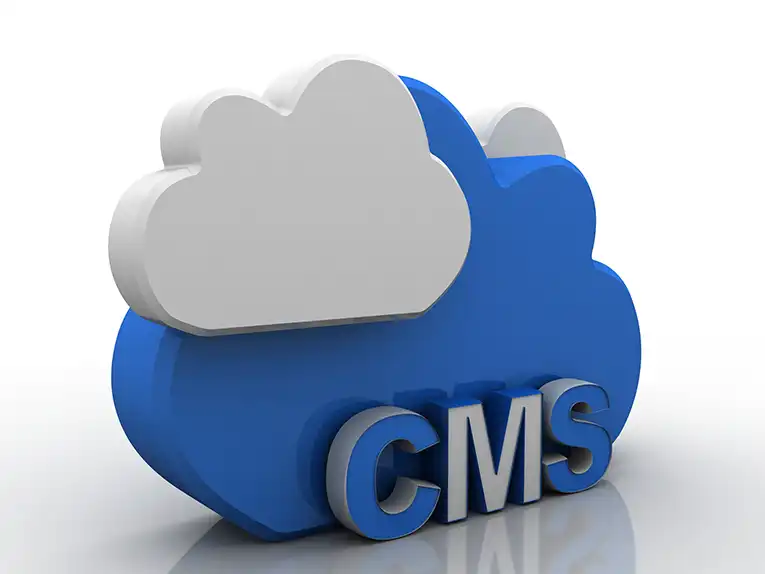
What Is a Cloud CMS? (Unlocking the Benefits of a CMS in the Cloud)

Sara Williams
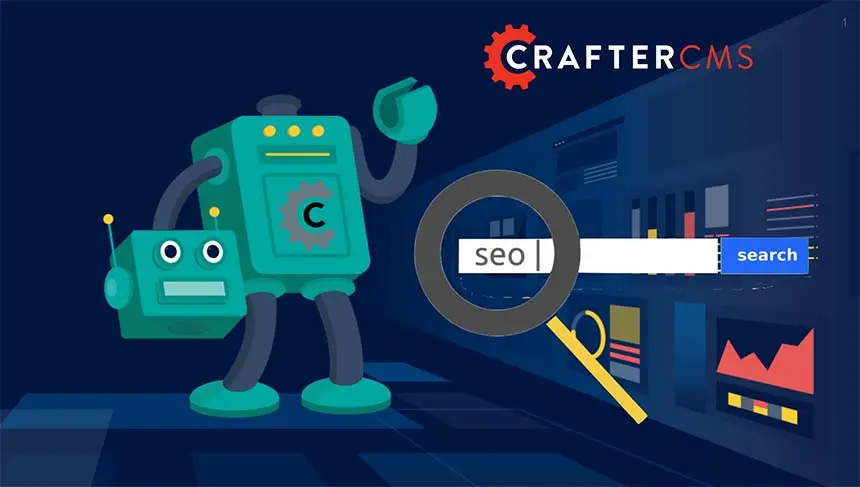
Headless CMS SEO (How to Do SEO Right With a Headless CMS)

Amanda Jones
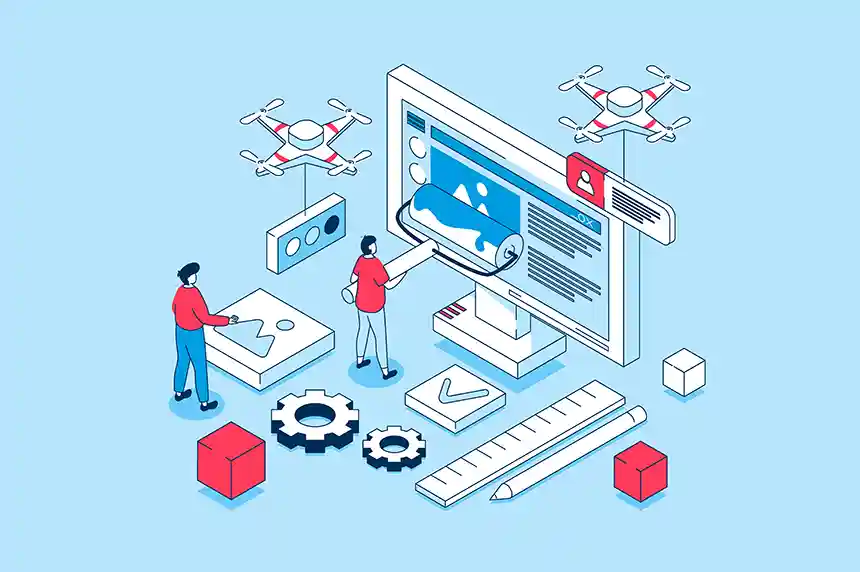
Implementing DevContentOps: Best Practices for Integrating DevOps and Content Management

Amanda Lee










